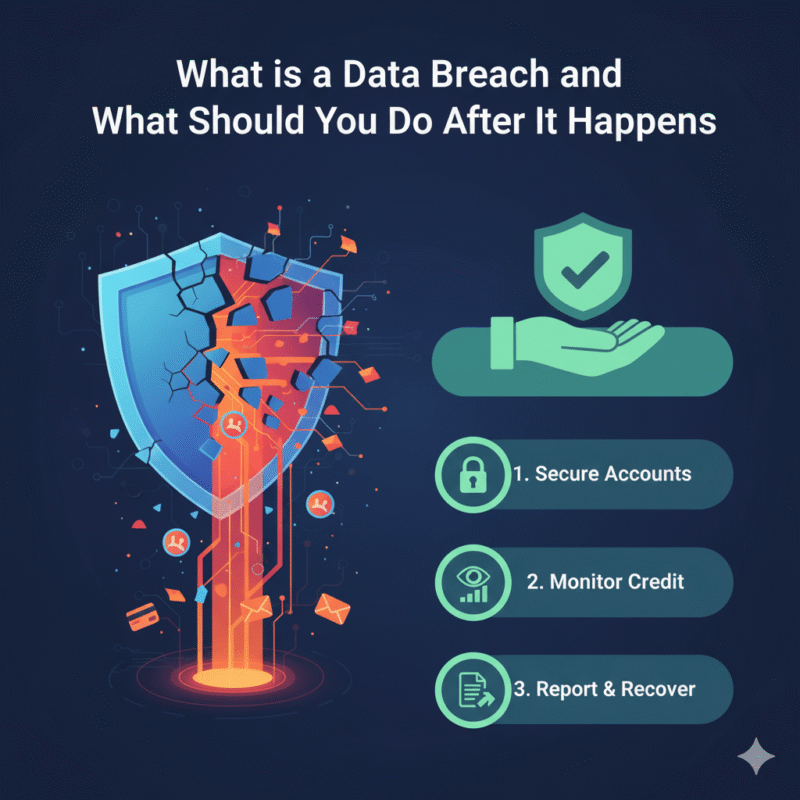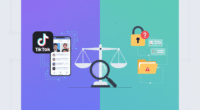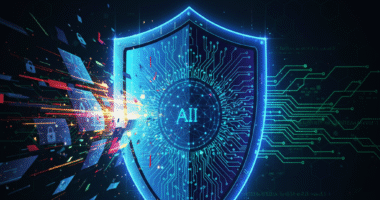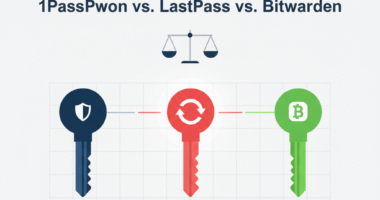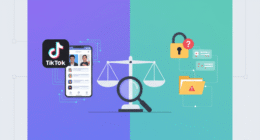I have gotten “the email” before. It usually starts with “Notice of Data Security Incident.” Your heart sinks a little. You start to wonder: What information did they get? What do I do now? It is a stressful and confusing experience. However, the worst thing you can do is panic. The best thing you can do is take a deep breath and follow a clear, simple plan. This guide is that plan. Here is exactly what to do after a data breach, step-by-step.
What is a Data Breach in Simple Terms?
In simple terms, a data breach happens when someone accesses confidential or sensitive information without permission. This can happen when a hacker breaks into a company’s database. For example, they might steal a list of customer names, email addresses, and passwords.
The company that experienced the breach has a legal obligation to notify you if the incident compromised your information. Criminals who steal this data often sell it on the dark web. Other hackers then buy these lists to try and break into your other online accounts. This is why your quick response is so important.
Your Immediate Action Plan: What to Do After a Data Breach
If you get a notification about a breach, or even if you just suspect your data was leaked, there are three things you must do immediately. Think of this as your emergency action plan.
Step 1: Change Your Password Immediately
This is your first and most critical step. Go to the breached website or service and change your password right away. But do not stop there. The most important part is to also change that same password on every other website where you used it.
Hackers know that people reuse passwords. They will take your leaked password and try it everywhere. People call this technique “credential stuffing.” For your new password, make sure you follow the steps to create an unhackable password.
Step 2: Enable 2-Factor Authentication (2FA) Now
If you have not already, now is the time to enable 2-Factor Authentication on all your important accounts, especially the breached account. As we explain in our guide on what 2FA is, this is your digital deadbolt. Even if a hacker has your new password, they still will not be able to log in without the second factor, like a code from your phone. This one step can stop most account takeover attempts in their tracks.
Step 3: Check Your Financial Statements for Suspicious Activity
If the data breach involved a service where you have saved credit card or banking information, you need to be extra vigilant. Log into your online banking and credit card accounts. Then, carefully review your recent statements. Look for any charges, no matter how small, that you do not recognize. If you see anything suspicious, contact your bank or credit card company immediately to report it.
Long-Term Protection: What to Monitor in the Coming Weeks
Knowing what to do after a data breach also involves long-term vigilance. In the weeks and months following a breach, keep a close eye on your digital life.
- Watch for Phishing Scams: Hackers who have your email address will likely target you with sophisticated phishing scams. Be extra skeptical of any unsolicited emails asking for personal information.
- Consider a Credit Freeze: If the breach exposed highly sensitive information like your Social Security number, you should consider placing a credit freeze. The official government site, usa.gov, provides excellent guidance on this.
- Use a Password Manager: If you are not already using one, now is the perfect time to start. A good password manager will create and store a unique, strong password for every single account. This makes the impact of any future breach much smaller.
My Personal Take: How a Breach Turned Me Into a Security Pro
A few years ago, a service I used had a major breach. I got the email and felt that familiar sense of dread. But it also served as a powerful wake-up call. I spent that weekend methodically going through every single one of my online accounts. I changed all my reused passwords and enabled 2FA everywhere I could.
It was a tedious process, but it was also incredibly empowering. That breach, in a strange way, was the best thing that ever happened to my personal security. It forced me to stop being lazy and finally build the digital fortress I knew I should have had all along. It taught me that knowing what to do after a data breach is a fundamental life skill in the 21st century.
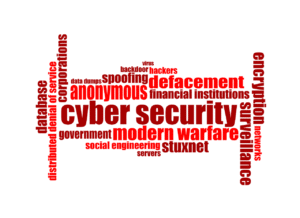
Conclusion: From Panic to Preparedness
In conclusion, getting a data breach notification is always unsettling. However, it does not have to be a catastrophe. By staying calm and following a clear action plan, you can significantly reduce your risk. Use this moment as an opportunity. Change your passwords, enable 2FA, and monitor your accounts. By turning this moment of panic into an act of preparedness, you can emerge from the experience with your digital life more secure than it has ever been before.
Share This Emergency Plan
Data breaches are a fact of modern life. Share this guide with your friends and family to help them know what to do when they get “the email.”
